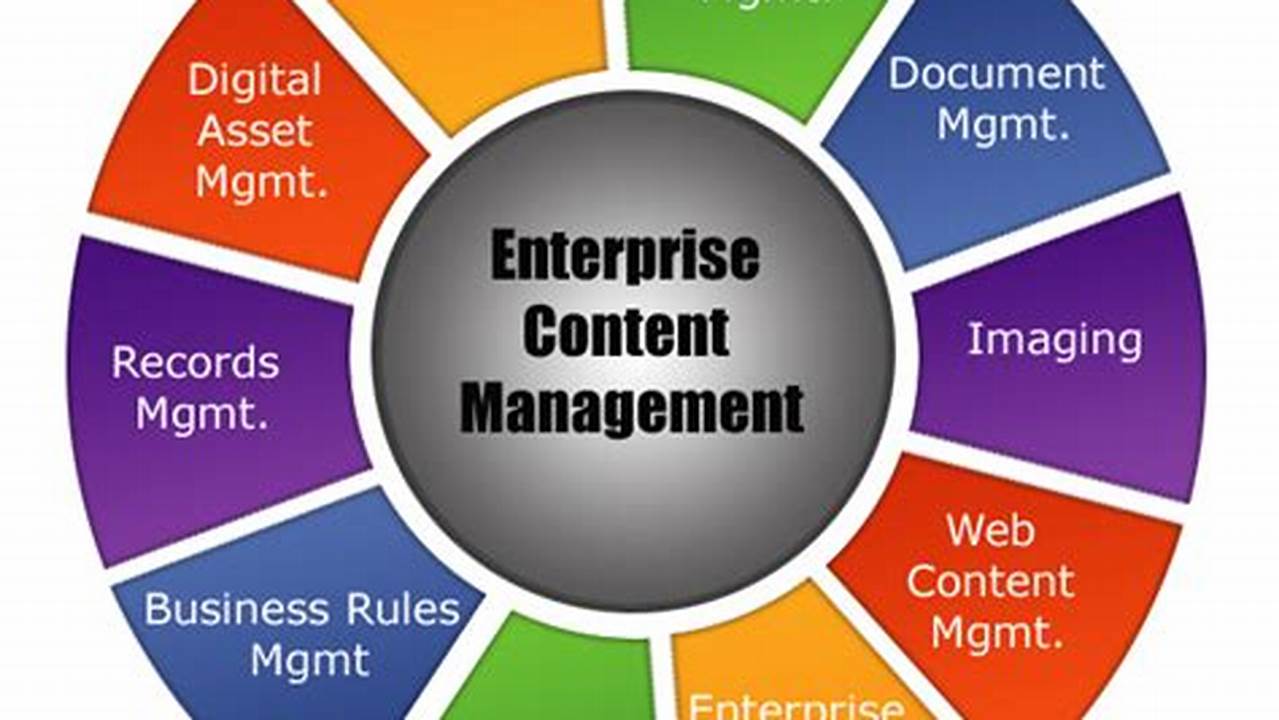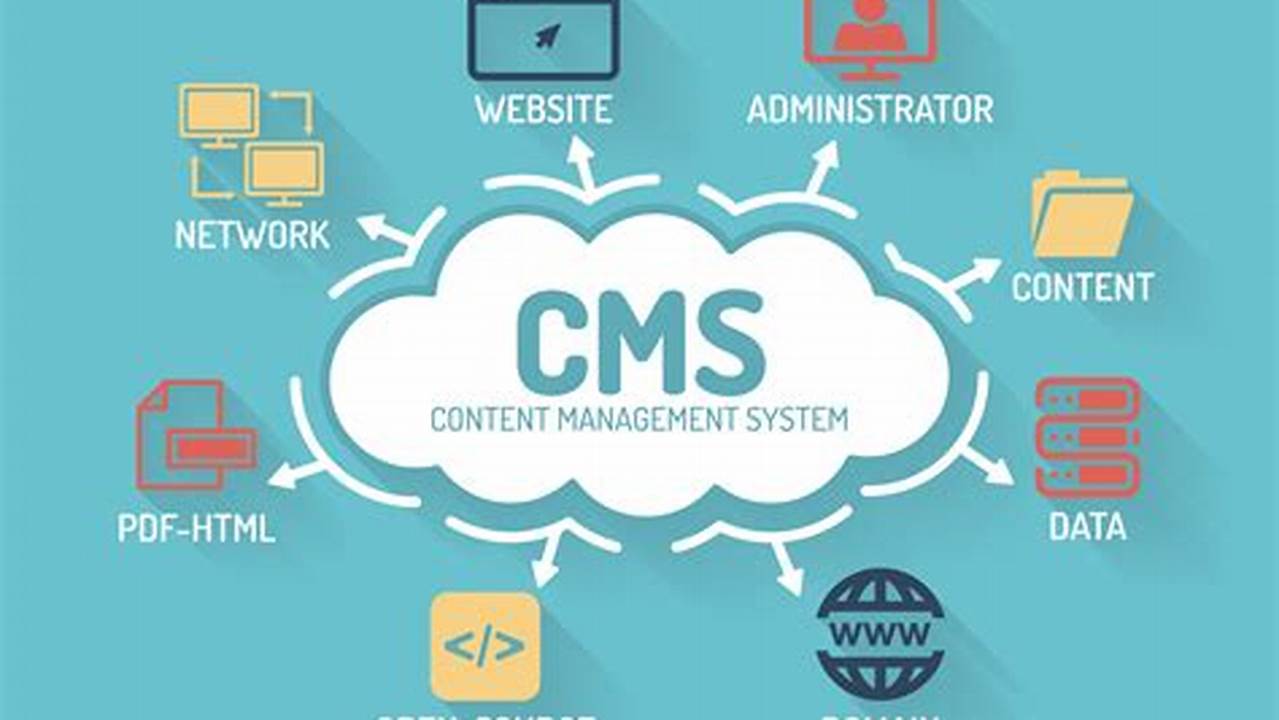Effective information management is crucial for any organization’s success. A structured approach to handling digital assets, including documents, images, videos, and other rich media, can significantly improve operational efficiency, enhance collaboration, and minimize risks. This involves strategically capturing, storing, retrieving, managing, and disposing of enterprise content throughout its lifecycle.
Centralized Repository
A core benefit is the establishment of a single source of truth for all organizational information. This eliminates data silos and ensures everyone accesses the most current and accurate versions of documents.
Improved Collaboration
Streamlined workflows and version control facilitate seamless collaboration among teams, regardless of location. This fosters better communication and faster project completion.
Enhanced Security and Compliance
Robust access controls and audit trails protect sensitive information and ensure adherence to regulatory requirements, minimizing legal and financial risks.
Automated Processes
Automation of routine tasks, such as document routing and approvals, frees up employee time for more strategic activities, boosting overall productivity.
Better Records Management
Systematic organization and retention policies ensure efficient records management, simplifying audits and legal discovery processes.
Scalability and Flexibility
These systems are designed to adapt to evolving business needs and accommodate growing data volumes, ensuring long-term viability.
Cost Savings
By streamlining processes and reducing reliance on paper, organizations can achieve significant cost savings in storage, printing, and administrative overhead.
Improved Customer Service
Quick access to relevant information empowers employees to provide better and faster customer service, enhancing customer satisfaction.
Business Process Optimization
By integrating with other business applications, these systems can optimize core business processes and improve overall operational efficiency.
Disaster Recovery
Secure backups and disaster recovery mechanisms ensure business continuity in the event of unforeseen circumstances, protecting valuable data assets.
Tips for Successful Implementation
Clearly Defined Objectives: Start with a clear understanding of your organization’s specific needs and goals.
Stakeholder Involvement: Engage key stakeholders throughout the implementation process to ensure buy-in and adoption.
Thorough Planning: Develop a comprehensive implementation plan that addresses all aspects of the project, from system selection to user training.
Ongoing Evaluation: Regularly evaluate the system’s performance and make adjustments as needed to maximize its effectiveness.
Frequently Asked Questions
What types of content can be managed?
Virtually any type of digital content, including documents, images, videos, audio files, and emails.
How does it differ from a traditional document management system?
It offers broader capabilities, encompassing a wider range of content types and functionalities beyond simple document storage and retrieval.
Is cloud-based deployment an option?
Yes, many modern systems offer cloud-based deployment options, providing flexibility and scalability.
What are the key considerations for choosing a system?
Factors to consider include your organization’s size, industry, specific needs, budget, and IT infrastructure.
How can we ensure user adoption?
Comprehensive training and ongoing support are crucial for successful user adoption.
What are the long-term benefits?
Long-term benefits include improved efficiency, reduced costs, enhanced compliance, and better decision-making.
Leveraging a structured approach to content management is no longer a luxury but a necessity for organizations seeking to thrive in today’s competitive landscape. By implementing a robust system and adhering to best practices, organizations can unlock the full potential of their information assets and drive significant business value.



